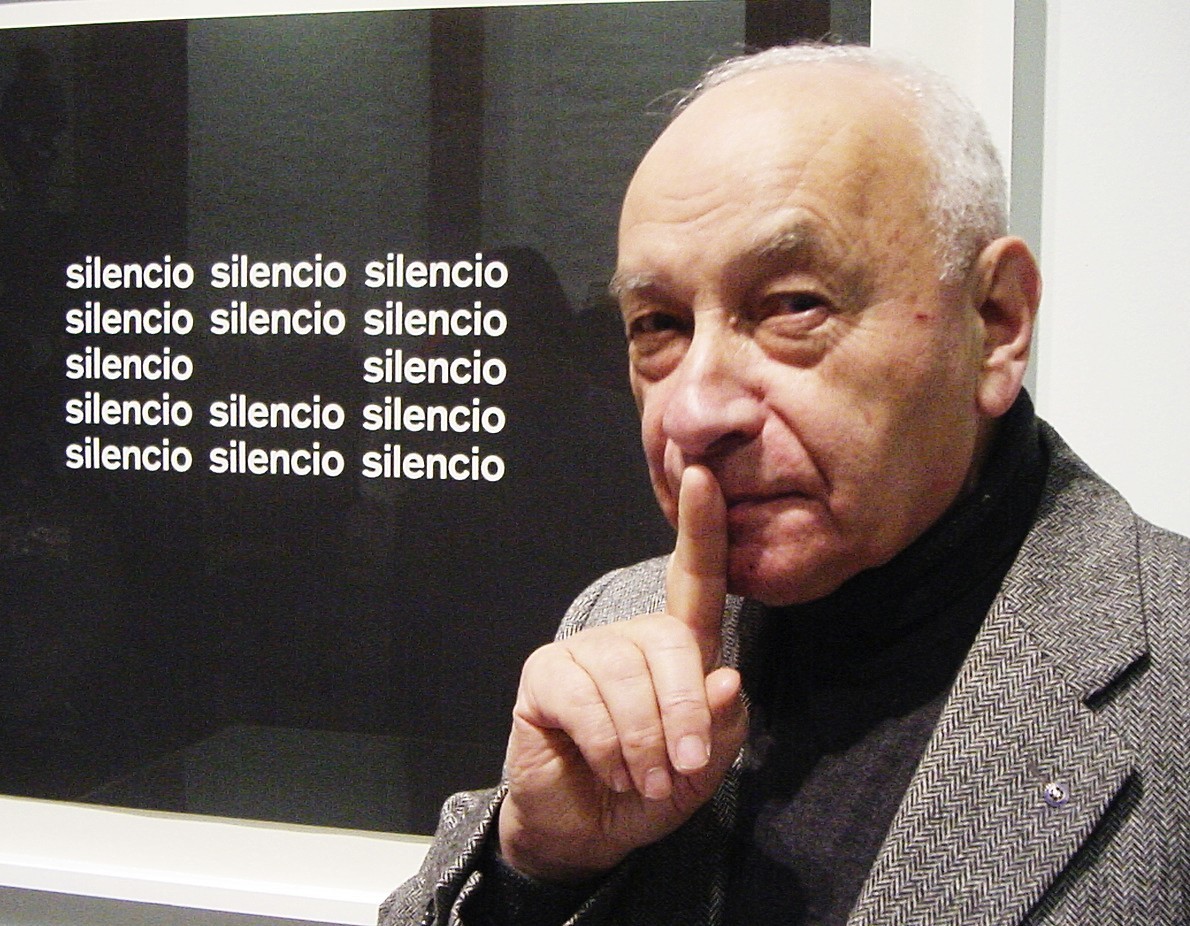In which a theory of a poetic form uniting typography and literature is, if not explicated, then at least pointed toward.
4.27.2013
4.25.2013
4.24.2013
4.23.2013
4.22.2013
4.21.2013
sweatheart
I'm catching up from being miles behind, so I'll be adding a date in the content for the next few posts to indicate original post date.
4/21/13
4/21/13
4.02.2013
4.01.2013
wun
Inspired by the inauguration of this year's InterNaPwoWriMo, today's pwoermd is of the simplest kind, or figure, as Geof Huth would have it: that of assertion. A word in plain English, a bouncing (aural) pun.
3.31.2013
idon'tity
idon'tity
idon'tity
idon'tity
idon'tity
idon'tity
idon'tity
idon'tity
idon'tity
_____
I've always wanted to write a poem of pwoermds, and here it seems I've finally arrived at one. In form it's inspired by many of the concrete poems of the Gomringer and Noigandres days (where repition serves as the essential meaning-making tool), but relies on the fundamental language of the information age—HTML—to typographically convey a cascade of permutations on a single concept, that of negative identity formation (as encapsulated in the originary pwoermd, idon'tity).
While most commonly defined as an individuation tactic that relies on denial or inversion of socially acceptable identity characteristics—and thus indulgence in crime, drugs, and/or other non-normative behaviors—negative identity formation can also be more fundamentally understood as individuation via negation: in other words, I am who I am because I am not you. This latter understanding eschews the overdetermined moral philosophy of the former, allowing for wider application across a variety of behaviors. For instance, any time I assert my identity by declaring that I don't like or do something you like or do. It is this wider sense of negative identity that the above poem explores across its various permutational lines.
idon'tity
idon'tity
idon'tity
idon'tity
idon'tity
idon'tity
idon'tity
_____
I've always wanted to write a poem of pwoermds, and here it seems I've finally arrived at one. In form it's inspired by many of the concrete poems of the Gomringer and Noigandres days (where repition serves as the essential meaning-making tool), but relies on the fundamental language of the information age—HTML—to typographically convey a cascade of permutations on a single concept, that of negative identity formation (as encapsulated in the originary pwoermd, idon'tity).
 |
| Eugen Gomringer beside his famous poem, Silencio, in which repitition and ellision are the essential makers of meaning. |
While most commonly defined as an individuation tactic that relies on denial or inversion of socially acceptable identity characteristics—and thus indulgence in crime, drugs, and/or other non-normative behaviors—negative identity formation can also be more fundamentally understood as individuation via negation: in other words, I am who I am because I am not you. This latter understanding eschews the overdetermined moral philosophy of the former, allowing for wider application across a variety of behaviors. For instance, any time I assert my identity by declaring that I don't like or do something you like or do. It is this wider sense of negative identity that the above poem explores across its various permutational lines.
Subscribe to:
Comments (Atom)